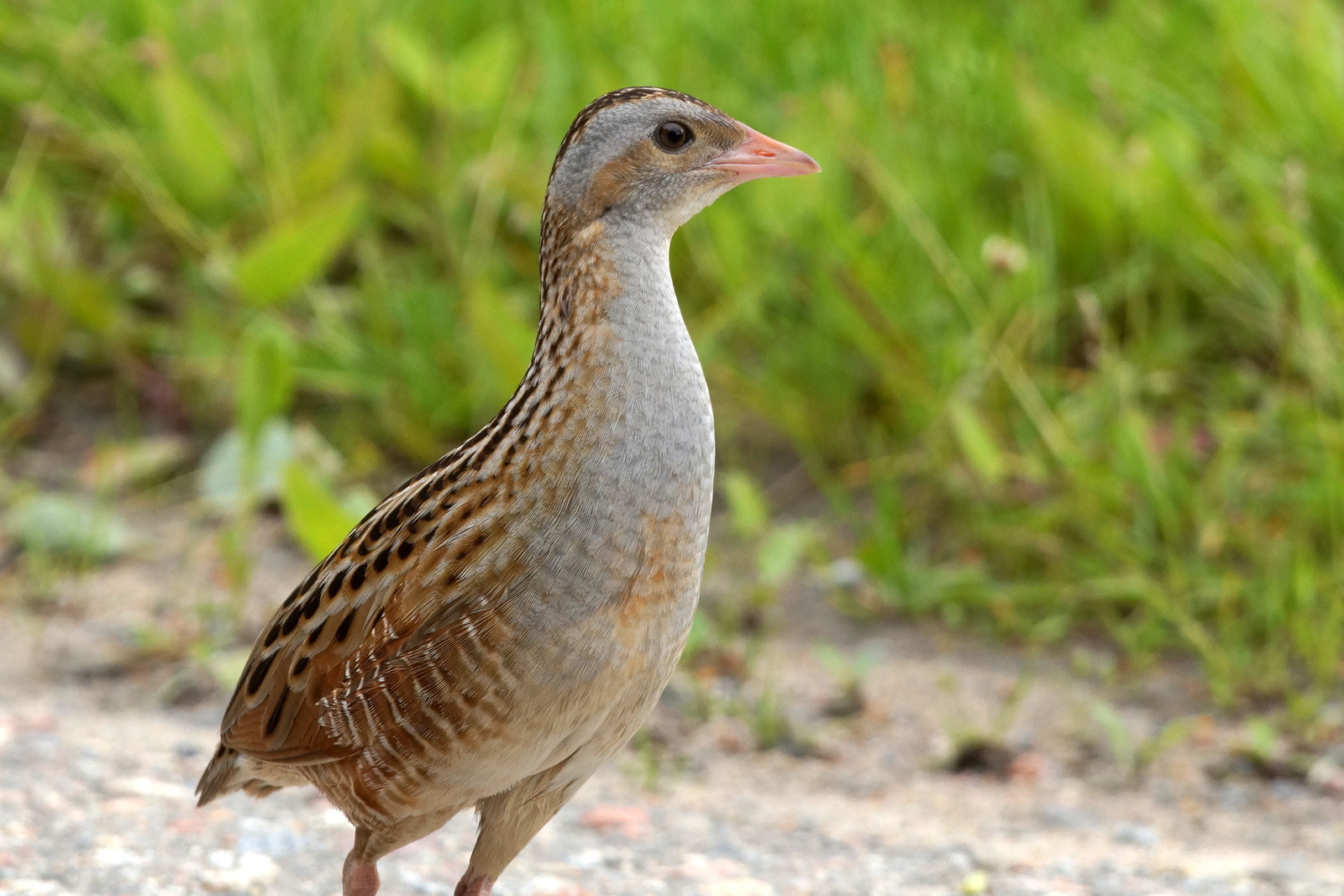Opis
Zuvintas wetland (6940 ha) is a natural complex, covering a small human-influenced, very natural variety of swamps and a big shallow lake. This lake is only 0.6 m in depth and is one of the most important places in Lithuania for birds. Here the populations of błotniak stawowy, zielonka, żuraw and podróżniczek are the largest in the country. During migration there are huge amount of żuraw, geese, ducks, sandpipers and other flocks of birds. Zuvintas wet meadows - is one of two locations in Lithuania, where the extremely rare, globally endangered wodniczka can be found. Around the lake also derkacz can be heard and if you are extremely lucky seen. In the last 30 years, 234 bird species have been observed in Zuvintas. For birding it is best to visit the area in spring and in the first half of summer.
Szczegóły
Dostęp
Although it is certainly a place worth visiting, especially for its beauty, there is only one accesible place, the observation tower near the reception center, which is reached by a wooden path in very bad condition (be careful here). Being a fairly large lake, you will need a telescope to be able to watch birds.
Teren i siedlisko
Tereny podmokłeWarunki
Płaski , Bagienny , Otwarty krajobrazTrasa dookoła
NieCzy luneta będzie przydatna ?
TakUdany sezon obserwacyjny
Wiosna , JesieńNajlepszy czas na wizytę
Wiosna , Jesień , Jesienne migracje , Wiosenne migracjeTrasa
Droga utwardzona , Szeroka ścieżka , Wąski szlak , Droga nieutwardzonaPoziom trudności szlaku pieszego
ŁatwyDostępne
Pieszo , Rower , SamochódCzatownia/platforma obserwacyjna
TakDodatkowe informacje
Information added by user Gulliver: Spring and Autumn are good times to observe large flocks of geese and ducks. But in summer, almost all migratory songbirds have gone and only low numbers of birds remain in the lake: kormoran, krzyżówka, czajka, gęgawa, czapla biała, błotniak stawowy, etc. August is a good time to see bielik in their perch in the opposite shore of the lake (telescope). In the surrounding cultivated fields you will be able to see kuropatwa, żuraw, bocian biały, trznadel, pokląskwa and gąsiorek.




